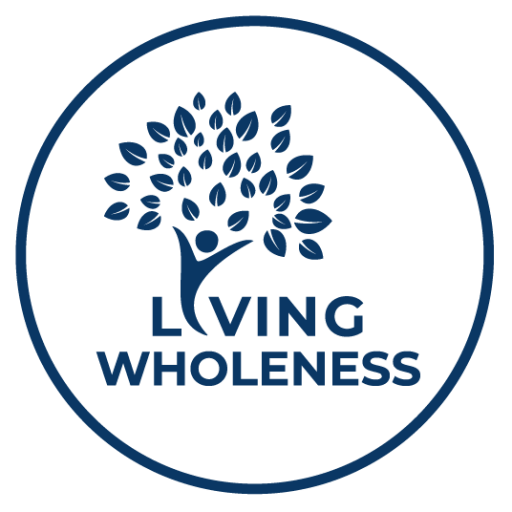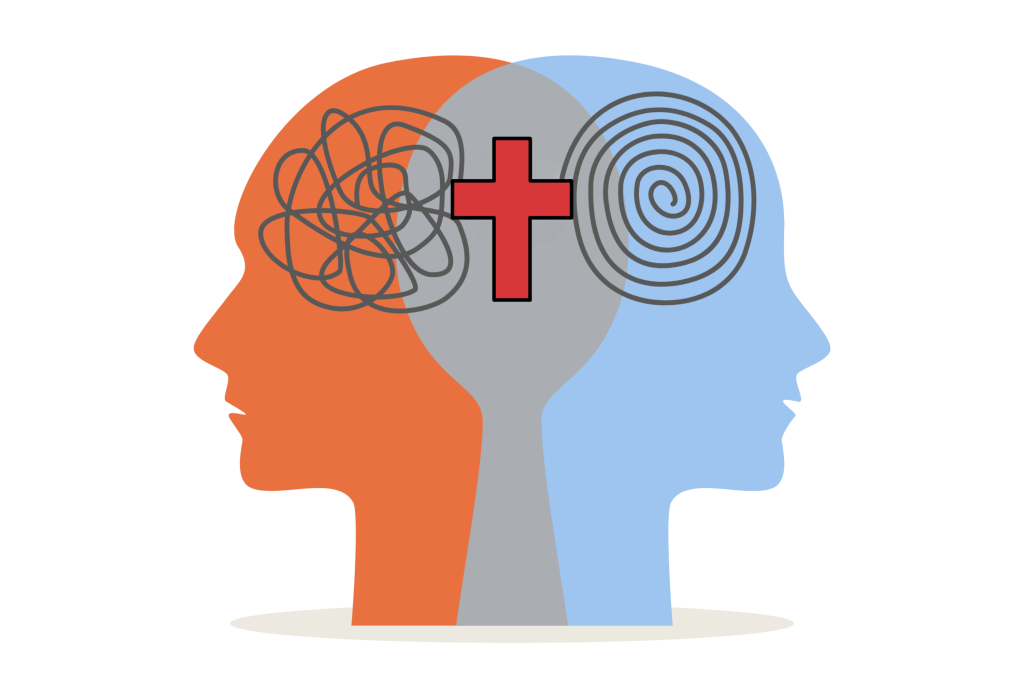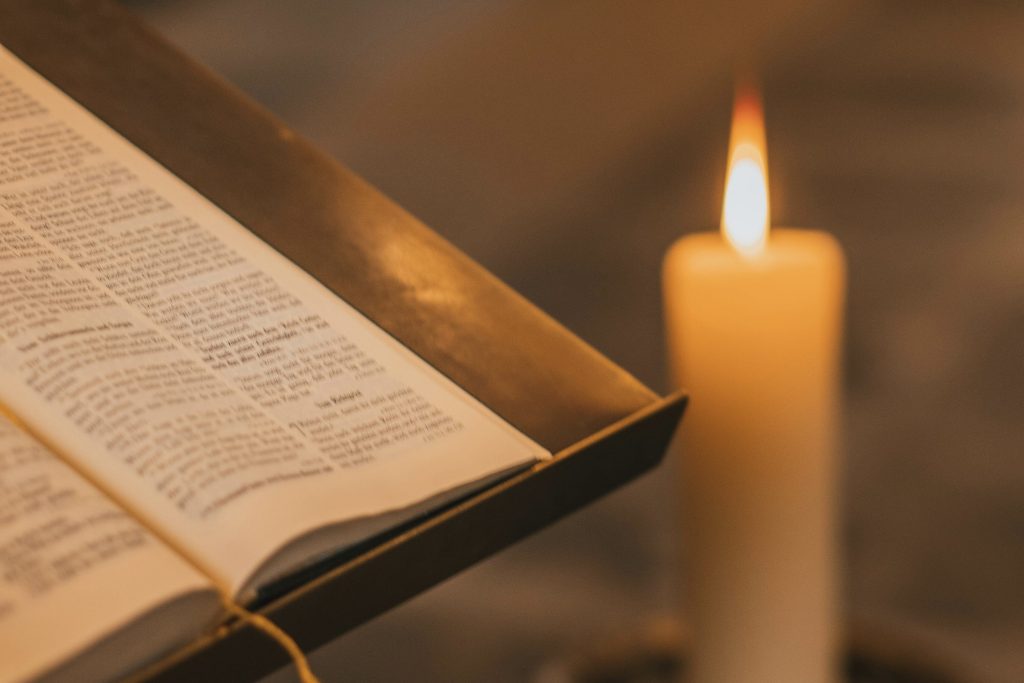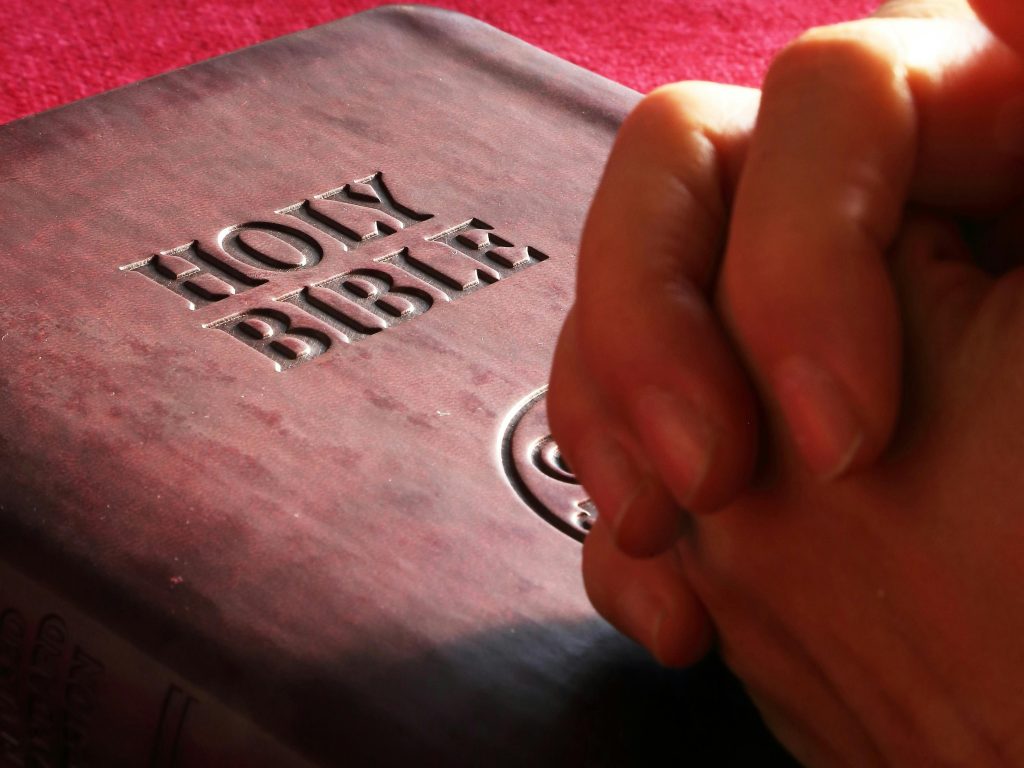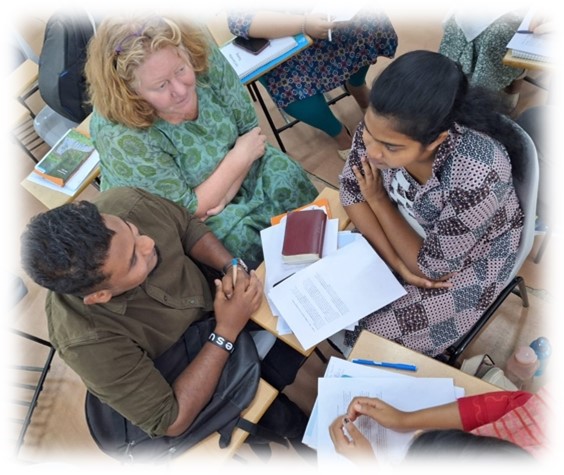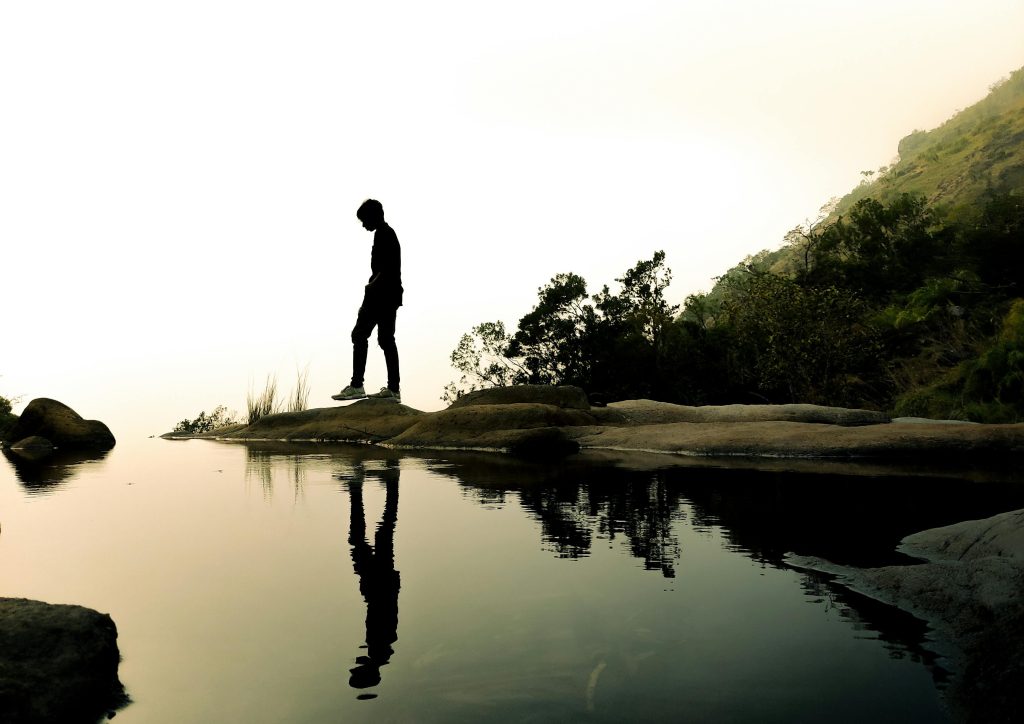Love Sector
Love Sector
By Dr. John Warlow
Here is a path you are invited to take — to breathe in His love into your Love Sector, that His breath of life may come through into whatever you are experiencing.
1. Begin With Connection
Start here.
If you can, have some sense of connection — with anything or anyone — and ideally with God as part of that connection.
2. Notice What You Are Experiencing
What might you be experiencing today, this month, or this season that sits above or below the waterline in the Square?
This may relate to home, work, ministry, church, or simply your own personal life.
Pause.
Become curious.
Reflect.
Be aware.
Notice and explore whatever is happening within you right now — your feelings, your energy levels, your thoughts or imagination, or any memories that arise.
Stay with what is happening.
Notice the sensations in your body.
Let all these become pointers or signposts into your Heart Circle — to your Control and Truth sectors and underneath those, to the core of your Heart Circle… your Love sector
Pause a little longer.
You may wish to write, sketch, or even physically express what is happening.
3. Move Into the Heart Circle
As you settle in your Heart Circle, pay particular attention to your Love Sector.
- How safe do you feel in the deepest part of your being?
- What sense of love, attachment, or connection do you have right now?
- What is happening here: aloneness, shame, trust, or betrayal?
Stay here.
4. Bring Your Heart Into His Presence
Gather everything you have noticed.
Then, just as you are, come boldly into His presence — whether you feel it or not, whether you know it or not.
He is with you.
He is even deeper than your heart — within you.
He is the God who is “within”.
Stop again. Notice what is happening in the whole of your being — your feelings, energy, images, sounds, sensations, thoughts, and even where your memories drift.
5. Offer It to Him
Can you commit this to Him — or not?
Can you give it to Him — or not?
Can He come into this space where you are — or not?
Stay there.
Notice whatever is happening.
Linger.
6. Centre on Him — the God Within
Take your time, as you are able …
Here is the God of love, even in your suffering and sin.
Here is the God of Connection — it is written all over Him, all over “P’s” of the Person of God: His
- Presence— what connection
- Placement — that we are with/in Him
- Purposes — His intentions for us
- Provisions — His faithful, unfailing love
These all speak of connection.
He is the Foundation to whom we bring our brokenness and sin.
As someone has said, “When we hit rock bottom, He is our Rock.”
Know the safety and solidity of this Rock — your refuge, stronghold, and safe place (Psalm 18).
Let your Love Sector receive from Him.
Let th unfair exchange take place — whatever needs to be surrendered — as you drink and eat again of His love.
7. Receive, Rest and Be Revitalised
Stay here as long as you need.
Rest… take His yoke of Connection … It is “easy” (Matthew 11)
Be revitalised.
Remain aware of what is happening and where you go internally, staying in His kind, wise, strong hands.
This is the place where you belong — the place from which you can rise up into the experiences of your life, with His presence at the centre of your rotation, grounded in Him.
Let His love flow:
- from Him
- into your heart
- through your whole being
- and out into the situation you first brought to Him
Breathe in His love so that you may breathe out His breath of life into whatever you are experiencing.

